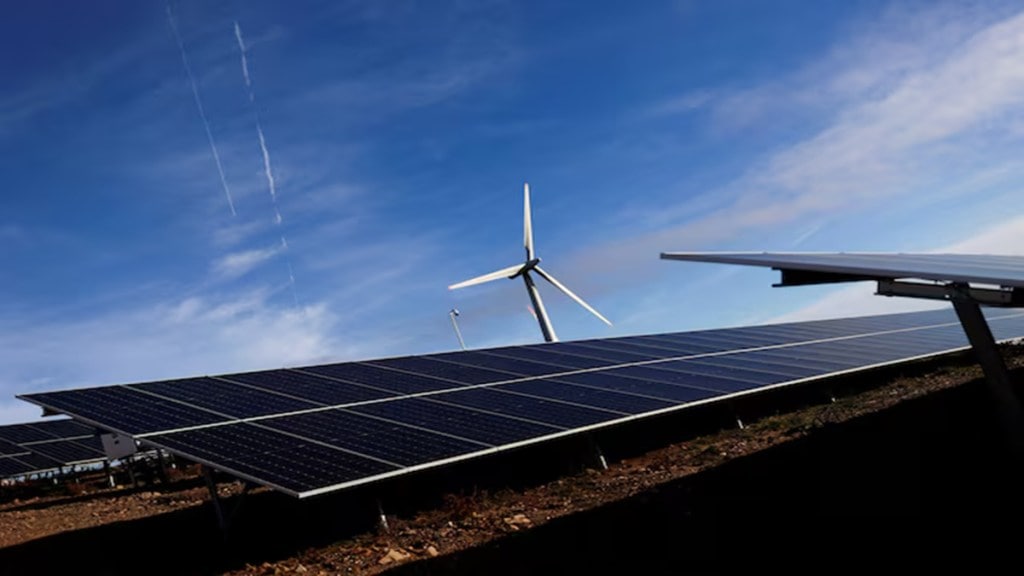In a recent article on Project Syndicate, former chief economic adviser Arvind Subramanian and others have highlighted a rising trend of India’s industrial and commercial consumers producing their own renewable power. In Tamil Nadu, for instance, such “captive” generation already accounts for over 28% of industrial electricity consumption, enabling many units with in-house solar power capacity to end their reliance on the public system (transmission and distribution utilities). Subramanian and his co-authors have cheered the prospects of the larger units eventually servicing a wide range of consumers, starting with their suppliers, after meeting their own consumption needs. They call the development “reforms by stealth”, because, in this process, the entrenched public monopoly in the electricity sector, a source for much fiscal discomfort and investor apathy for decades, is going to be “slowly and subtly” undermined. Such a positive turn is indeed good news for investors. The power sector was bogged down by last decade’s twin balance sheet problem, and at a broader scale hasn’t since revived meaningfully in terms of investment.
“Reforms by Stealth”: The Rise of Captive Industrial Power
Decentralised renewable energy (RE), which includes rooftop solar units besides the so-called captive capacities, holds tremendous scope. Its rapid growth is integral to India’s green transition. However, RE resources aren’t uniform across regions, and their intermittent nature requires capital-intensive storage solutions. Also, “green energy corridors”—necessary for efficient evacuation of RE—are still a work in progress. To be sure, when compared with the fossil-fuel sector, a slow phase-out plan for which is under way, India’s RE sector has seen a relatively faster pace of capacity creation in recent years. Although 46% of the installed power generation capacity is already RE-based, the sector is capable of meeting barely 15% of the peak power demand. Even by 2030, RE would be able to meet less than a third of the peak demand, though it might account for two-thirds of the capacity. In comparison, China is set to meet half of its electricity needs from RE by 2028. Brazil, Mexico, Turkey—and even Pakistan—already have a larger share of RE in their actual energy use mix than India.
The Capacity-Consumption Disconnect and Reliance on Coal
In the wake of this and a widening gap between supply and (peak-hour) demand of electricity, India’s policymakers have put in place a contingency plan. While investments in storage infrastructure is being incentivised, as Subramanian points out, the policy and regulatory frameworks are being pragmatically tweaked to favour captive RE capacities that would weaken public utilities’ market power. Simultaneously, the government has announced a plan to add 30 gigawatt (Gw) to the nearly 50 Gw of coal-based capacities that were already in the works. Also, coal-based power stations won’t be retired or repurposed before 2030.
However, for the RE sector to raise its share in actual consumption, more policy initiatives are required. Ironically, some would require the indulgence of public utilities, including state-run discoms. A key factor that slows the growth of RE in real terms is the delay by discoms in signing power purchase agreements (PPAs). The expansion of transmission networks, especially those within states, lags the pace of generation capacity addition. The problem is more acute in renewable-rich states. There is also a need to issue PPAs on a priority basis to generating stations with non-discriminatory open access to the grid. India can’t afford to let power capacities go abegging, at a time when demand is beating all forecasts, and the advent of artificial intelligence is poised to accelerate consumption further.

